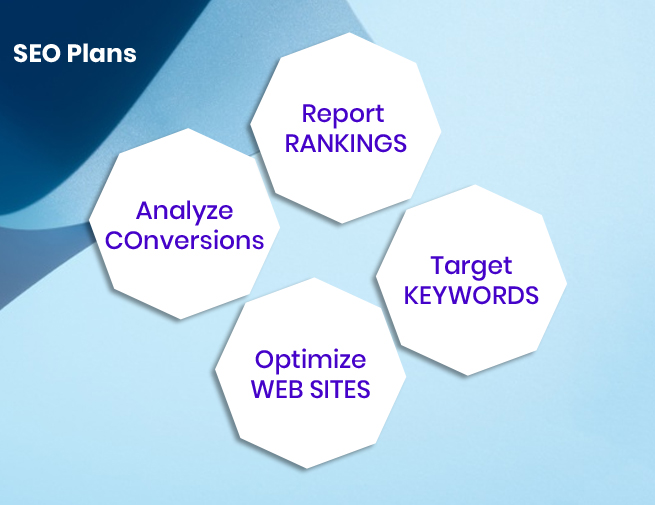Developing tailored pricing strategies involves understanding local consumer behavior, competitors, and economic factors. It’s equally important to consider the varying regulatory landscapes, such as taxation structures and import duties, to build trust with customers and comply with local regulations. Having mastered the essentials of cross-border eCommerce and grasped how to overcome the hurdles, you’re now ready to widen your brand’s reach. German SEO techniques of cross-border eCommerce offers numerous opportunities for global expansion, leveraging eCommerce platforms, and streamlining currency and payment processes.
Simplify Global Expansion
- I generally include the keyword a few times on and off your page to give Google a hand.
- When you consider that the Chinese population is more than four times greater than the United States, the implications are impressive.
- Continuous learning, adaptability, and strategic foresight are the keys to thriving in the ever-changing landscape of global commerce.
- With our full-service agency and its 500+ experts, we’ll build, implement, and manage your cross-channel strategy for you.
I will walk you through a basic SEO strategy I would use to start a site in 2024 for the first time. Later, below, I’ll cover a more sophisticated SEO content strategy that has generated millions of organic traffic visits for the HubSpot blog. An SEO strategy is essential because it helps you stay on track when creating content. Instead of just making what you think people are looking for, your plan will ensure you create content people search for.
Financial Risk Management in Global Money Transfers: Security and Efficiency
Although cross-border eCommerce is a time-consuming, expensive, and challenging process when implemented properly, it’s a great way to draw more customers and boost your revenue collection. Your business should adhere to specific laws surrounding cross-border transactions, consumer protection, data privacy, and taxation of your target countries. 3rd party logistics services have established networks, resources, and infrastructure which they use to optimize transportation routes and negotiate favorable shipping rates which makes them more cost-effective. Localization of a website refers to customizing a website’s content and design to suit the preferences, cultural norms, and language of a specific target market.

Google and other search engines rely on internal links to discover content on websites and determine the site’s ranking. If a page or blog post gets many links, that’s a sign that it’s important, high-value content. This should be followed by localization of the website, product description, customer support, and marketing endeavors, among other things. Adjusting to a different culture requires a lot of effort, time, and monetary investment. In conclusion, cross-border eCommerce is full of potential, and SaaS solutions can be your greatest ally in expanding your global reach and lead pool.
Managing product information is a complex task, especially if a company sells a ton of products. To ensure the circulation of accurate product information, a company must invest in advanced systems like PIM that allow them to monitor and manage product descriptions across all eCommerce marketplaces. To minimize these challenges, an entrepreneur must consider shipping times, duties, and taxes, as well as the tools and resources they need for successful shipping. Delays in custom clearance, human error, improper handling of merchandise, and tech issues are some of the problems sellers experience when shipping products internationally. The growing number of eCommerce websites and the straightforward VAT registration procedures have remarkably simplified selling beyond borders. These, coupled with predictions of new booming markets such as Greece, are encouraging entrepreneurs to take advantage of this opportunity for business growth.
